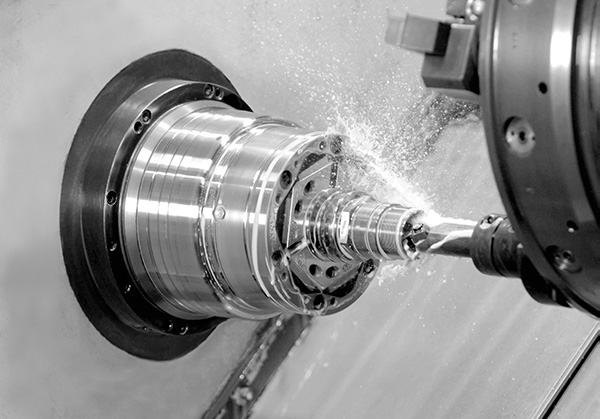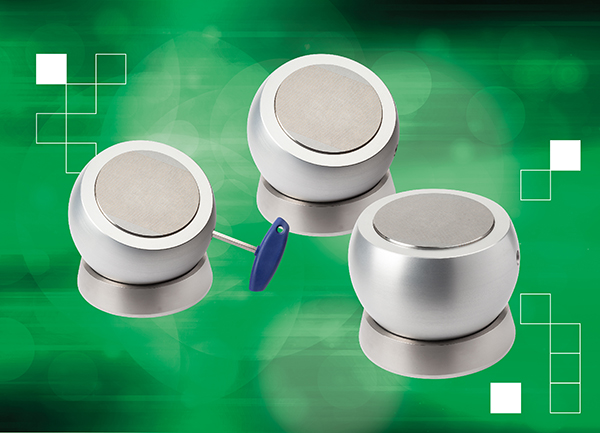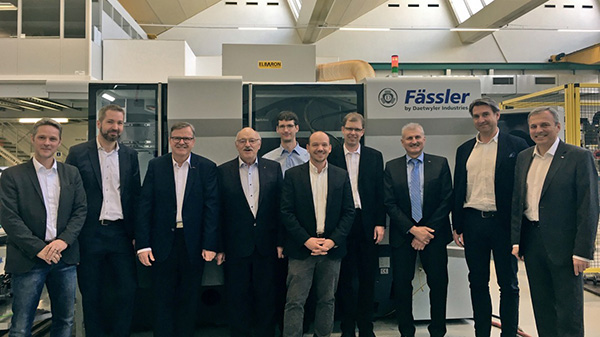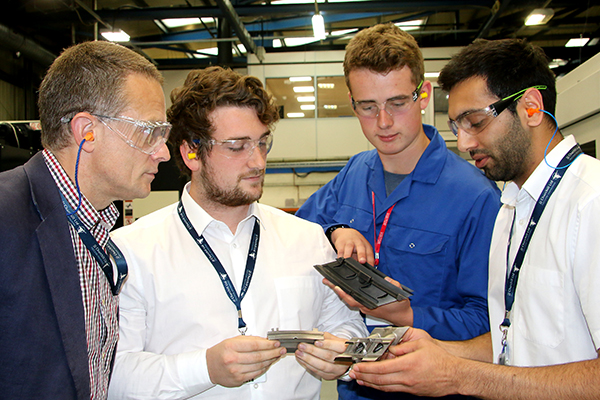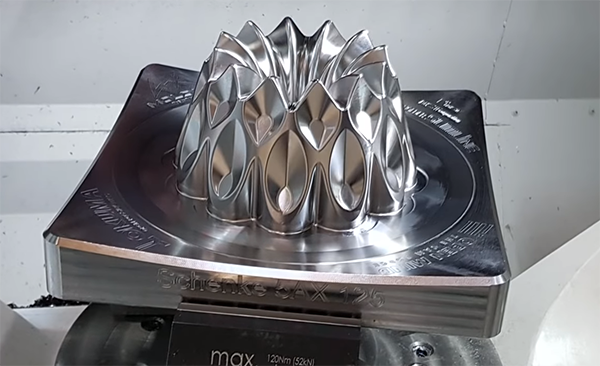At last month’s Southern Manufacturing 2019 exhibition in Farnborough, Hainbuch presented a range of chuck solutions.

With flexibility, minimal interference contour and precision levels all being key factors for modern work-holding solutions, Hainbuch demonstrated these attributes in its newly developed range of TOPlus (pictured) and SpannTop mini chucks.
Of particular emphasis was the latest SpannTop modular mini chuck. Hainbuch has developed the chuck to make it compatible with an adapter ring in order to leverage the benefits of the modular system. The company‘s Mando Adapt mandrel and the corresponding jaw module already work with the SpannTop mini, meaning complete autonomy for small component clamping needs.
Unlike the SpannTop mini chuck, the configuration of TOPlus is a little different. Whereas SpannTop uses an adaptor ring, TOPlus has a ring of attachment holes to secure the jaw module. At Southern Manufacturing, Hainbuch demonstrated Mando Adapt adapters, which also work in harmony with TOPlus, while additional innovations included the Manok and Hydrok hydraulically actuated stationary chucks.
Depending on size, the Hydrok can be used with all clamping device adaptations, such as the Mando Adapt mandrel-in-clamping device, or with the jaw module. The Hydrok incorporates typical Hainbuch features such as user-friendly set-up, parallel clamping, optimal power conversion, rigidity and high holding power. With a repeatability of less than 0.01 mm possible, the Hydrok is suitable for five-sided machining as well as flexible clamping scenarios such as mandrel clamping or jaw clamping thanks to the Hainbuch modular system.
Another key innovation at the show was the new TestIT clamping force gauge system that has been developed in conjunction with Siemens.
For further information www.hainbuch.com






